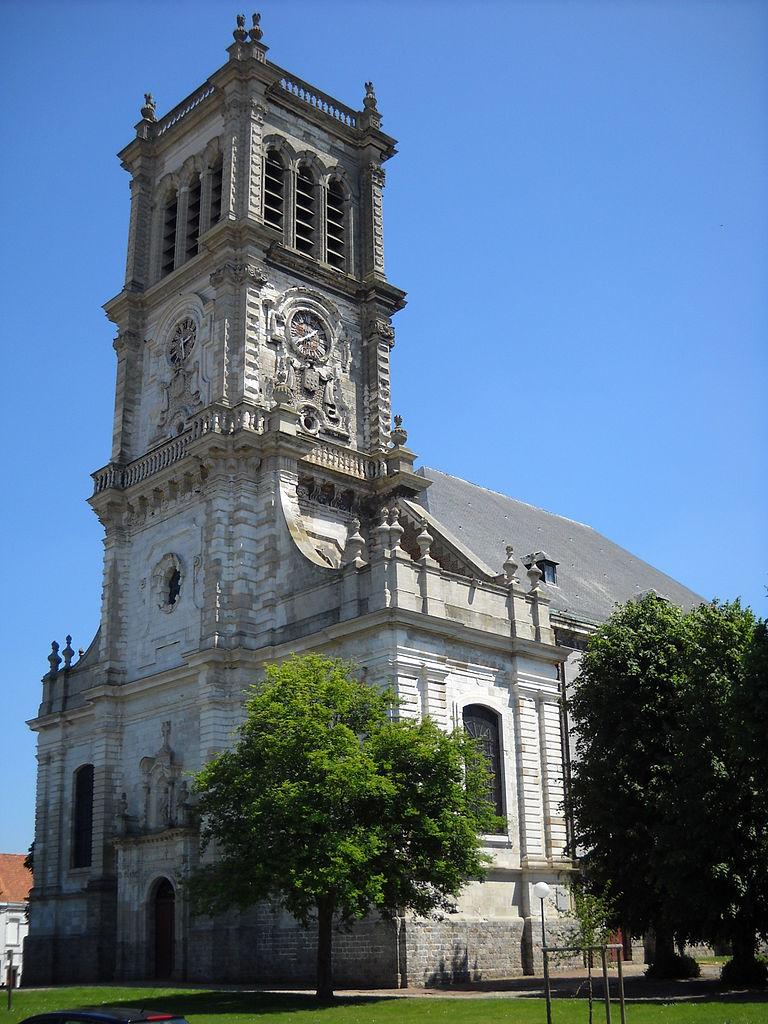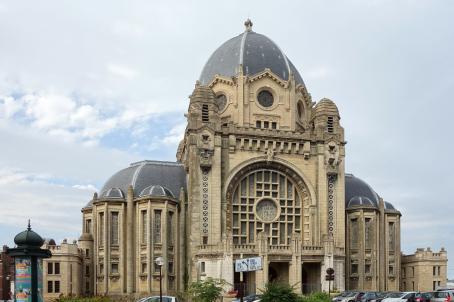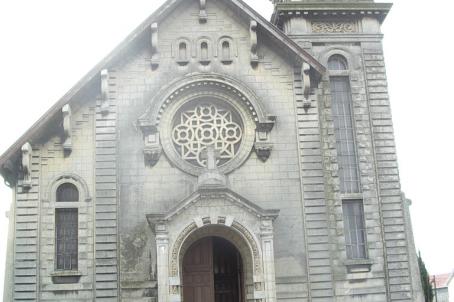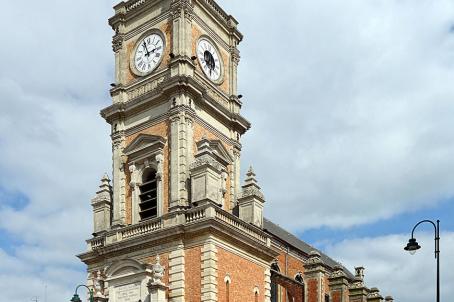Church of Saint-Martin
The church of Saint-Martin, completed in the early 18th century, is one of the few remaining Baroque monuments in northern France. Before this church stood a Romanesque church dating from the thirteenth century which burned down in the seventeenth century. In 1794, the first Chappe telegraph, linking Lille to Paris, was installed on the platform of the tower until 1846.






